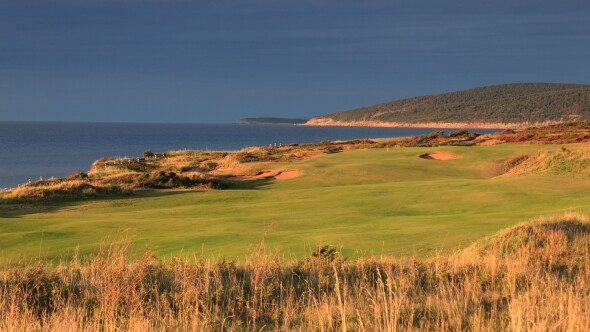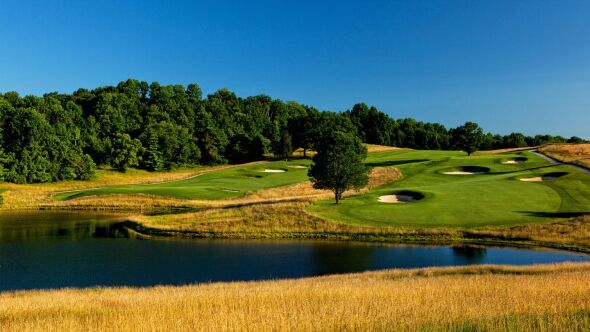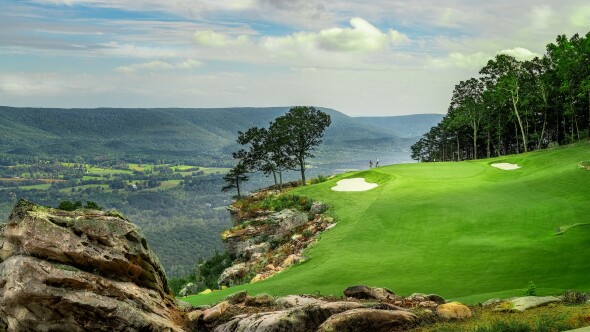“Fore, Y’all.”
That's the rallying cry for the effort to renovate the historic Charleston Municipal Golf Course in South Carolina. An unusual public-private partnership aims to upgrade the popular, if run down, public course that dates to 1928. The City of Charleston, which owns and operates the 18-hole layout, has already pledged $1.5 million through a bond issue. Charleston Mayor John Tecklenburg, who shepherded the city bond, is also leading the fundraising effort through Friends of the Muni, Inc.
Efforts to raise a sum matching that bond are well under way, with the actual construction work slated to begin this January. Phase One plans for a complete overhaul of the golf course – tees, bunkers, fairways and greens. The routing is slated to remain in place but the surface texture and shape will be upgraded. Beyond improved turf quality and surface drainage, regulars at the course should see a layouit that better withstands the perennial flooding that afflicts the site.
Charleston’ Muni, just across the Stono River from the city's bustling downtown, occupies 120 acres on James Island. Golfers have been flocking here since it opened, drawn by an efficient, walkable design and by green fees that are well below what privately-owned courses charge. City resident rates peak at $20 walking; residents of the surrounding three counties max out at $25 and the public at large, from wherever they hail, don’t pay more than $32 for 18 holes on weekends. Small wonder the course books 50,000-60,000 rounds annually.
Too bad the place shows the results in terms of wear and tear, erosion, poor drainage and greens that have shrunk down to circles at some remove from their original shape.

That will all change if – when – designer Troy Miller has his way. Miller, who grew up next door to the muni and whose father was the golf pro there a half century ago, spent a decade as golf architect with Landmark Land Co. before the golf industry slowdown led him to focus on land planning for commercial real estate, with golf design a side business. Among his current projects is a redo of Patriot’s Point Golf Links, a waterfront daily-fee in town that is part of a major commercial redevelopment.
At Charleston Muni, Miller is working strictly pro bono. Like everyone else involved at “Friends of the Muni,” he’s driven by a love of the game and by a deep personal affection for that particular golf course. Having worked out all the plans and gotten preliminary approvals from the relevant government agencies, he’s now preparing bid documents so that work can commence in 2020. Plans call for work to start on the back nine, where the more aggressive earth moving will be needed. The idea is to shore up the two holes closest to the Stono River – Nos. 13 and 15 - while expanding drainage ponds, creating some more elevation change on site, and evoking more of a classical sensibility into the holes that emerge. That includes such Seth Raynor-like touches as an Alps hole for the par-4 ninth and a Redan for the par-3 11th.

Despite rumors to the contrary, Raynor did not design Charleston Muni. After all, he died in 1926, two years before the facility was founded. But an association of the heritage was – and remains - natural for a city whose two premier private clubs, Yeamans Hall and the Country Club of Charleston, are among the strongest works Raynor ever undertook.
A local fellow by the name of Johnny Adams laid out Charleston Muni, likely inspired in part but what he and other golf enthusiasts of the day knew from what they saw of those two private clubs in town. If you go out there today and walk Charleston Muni you can see elements of a classic design in the ground, and you can also see how someone could tease the ground into shapes that more explicitly evoke Raynor’s legacy.

But don’t mistake this for a restoration. This is a straight fix - an upgrade, a renovation for the future. Eventually that should include expanded practice grounds. It would be nice, after all, to accommodate the 350 juniors who somehow squeeze onto the site for various training programs. A new clubhouse would help, along with an expanded arsenal of maintenance equipment. They’ll be needed, for one thing, to deal with the newly rebuilt, USGA-specification greens that will take the putting surfaces out from 3.000 square feet up to 4,500.
Which is why the grassroots fund raising efforts continue. Including a big event scheduled Nov. 18 at Kiawah Island Club's Cassique Course, with tee times going at $1,000 per. The public is also invited to contribute, via FriendsoftheMuni.org.













